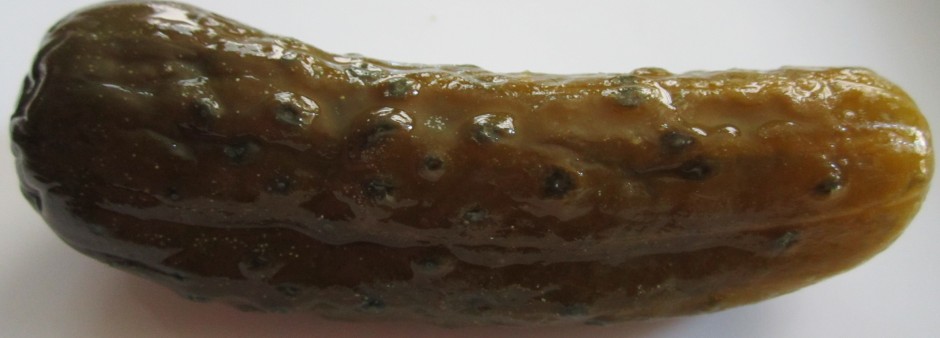
Highland Park Cafeteria sour slaw.
Dear Mr. Schnoyer, your LinkedIn profile still lists you as the owner of the Highland Park Cafeteria in Casa Linda Village. Although this beloved Dallas institution has been permanently shuttered in the wake of the pandemic, you have teased at releasing some or all of your treasure trove of recipes. (That’s according to our archive; your former website is no longer active and Google warns us not to click on the link because it might expose us to hackers.) This makes us hungry for what is in our view the deepest and darkest secret of them all, the formula for the cherished sour slaw.
We have labored relentlessly, if not recently, to get to the bottom of this mystery. In 2012, we purchased a takeout container of slaw at the cafeteria and then prepared several test candidates at our mother’s house in Dallas. Now she is gone, as is the house, along with the cafeteria, so this experiment cannot be repeated. We later published a Hail Mary recipe which was probably influenced by a search for “sour slaw recipe” online which produced a number of not helpful results.
A couple of new developments have since come on the scene to offer a potential breakthrough in this very cold case. First, the recipe for Shanghai-Style Pickled Cabbage Appetizer which we worked up to match a local restaurant’s dish turned out hauntingly close to the sour slaw of our dreams. And second, the resolution of digital cameras (including smartphones) has gotten much better allowing us to identify things we could not identify before.

High resolution iPhone 11 photo shows poppy seeds are kidney-shaped, not round.
You will certainly recognize the dish at the head of this post; it’s our canonical shot of an actual bowl of HPC Sour Slaw. We are sadly aware we will never again encounter this item in the wild. Blow it up to maximum resolution and look at the “seeds” used in the dressing. At the time we speculated they were either celery seeds or more likely poppy seeds. But using today’s technology we can discern that poppy seeds are kidney shaped, So what are these random and irregularly shaped grains? Ground black pepper, same as in our Halal Guys taste test! Right, Mr. Schnoyer?

This week’s inferior sour slaw copycat, made with “cole slaw mix”.
That’s a nice solution to a fairly minor detail, but the sauce on the slaw is the main event. Very early on we assumed there was little dressing and most liquid was exuded by the cabbage. After the Shanghai slaw recipe mentioned above, we are now certain that your cabbage was processed in a similar way, rubbed with salt and allowed to cure slightly but not to the point of wilting, before rinsing and draining for final prep. (We once ordered a bowl of HPC sour slaw which was very different than the norm. It was crunchy and not very flavorful. We now realize it was simply too early in the cure.)
This week we made up another batch of Shanghai slaw with the same formula of one part white sugar, one part white vinegar, 2 parts water. We didn’t have a whole head of cabbage on hand so we used a bag of premixed “cole slaw mix” along with a bit of chopped green pepper and diced tomato and, yes, a coarse grind of black pepper to replicate the HPC ingredient list. It was good, but way too sweet!
This made us realize how important the cut of the cabbage is to the finished product. Because it has so much more surface area, the cabbage in the cole slaw mix is saturated with the dressing causing it to become oversweet. The original Shanghai slaw was specified as being hand-torn into 3 inch pieces. This seemed way too big for us. A coarse chop, with a knife or a cole slaw grater, is probably just right and that’s what I believe we see in the picture above.
So, Mr. Schnoyer, we’re on the cusp of discovery but it would be wonderful if you could just tell us what the gosh-darn recipe is. And while you’re at it, how about the formulas for squash casserole and pecan pie?
Thank you,
Otis Maxwell
Burnt My Fingers


















